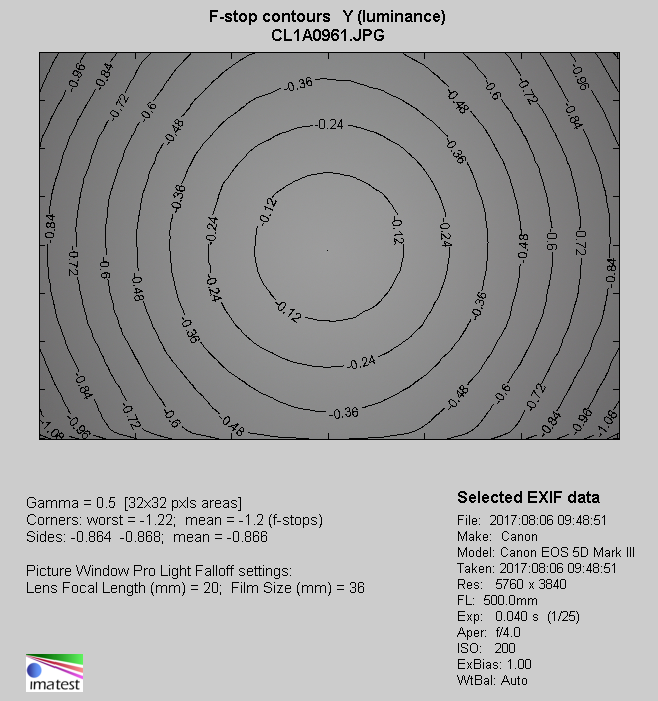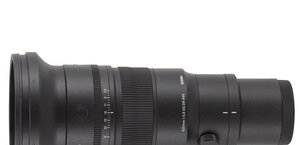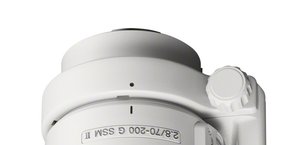Sigma S 500 mm f/4 DG OS HSM
8. Vignetting
| Canon 50D, f/4.0 | Canon 50D, f/5.6 |

|

|
There are some chances to notice that aberration but only at the maximum relative aperture, where it reaches 20% (−0.65 EV). On stopping down the aperture to f/5.6 it decreases to an imperceptible value of 6% (−0.19 EV).
Please Support UsIf you enjoy our reviews and articles, and you want us to continue our work please, support our website by donating through PayPal. The funds are going to be used for paying our editorial team, renting servers, and equipping our testing studio; only that way we will be able to continue providing you interesting content for free. |
- - - - - - - - - - - - - - - - - - - - - - - - - - - - - - - - - - - - - - - - - - - - - - - -
Now let’s check how the situation changes after passing to full frame.
| Canon 5D III, f/4.0 | Canon 5D III, f/5.6 |

|

|
The vignetting is much easier to notice. At the maximum relative aperture it reaches 34% (−1.20 EV), a value which we find a tad too high. For example the Canon 4/400 DO II had a noticeably lower result, that of 23%. Still the problems with vignetting of the Sigma concern only the maximum relative aperture because already by f/5/6 and f/8.0 the brightness loss is, respectively, 15% (−0.46 EV) and 8% (−0.23 EV).
| Canon 5D MkIII, JPEG, f/4.0 |
 |






